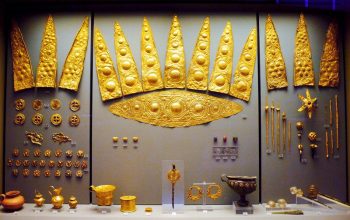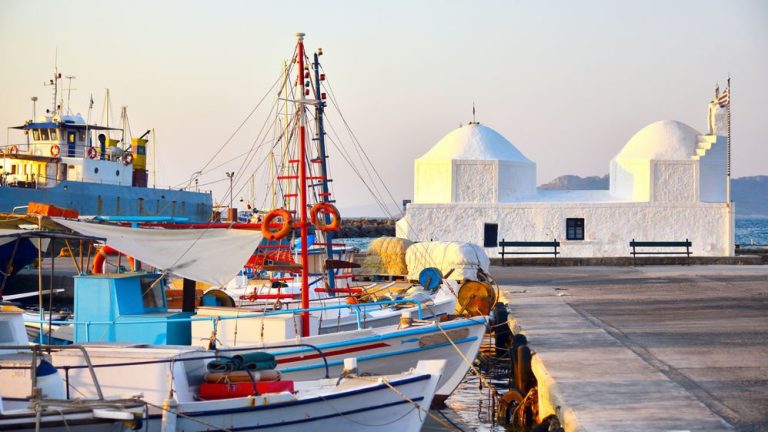Mycenae
Deep in the peaceful and picturesque province of Argolida lies a truly extraordinary civilization, one that has captured the hearts and minds of people since ancient days: the Mycenaean civilization. Mycenae, the fabled birthplace of Agamemnon, stands as a testament to the magnificence and importance of this bustling city, hidden within the depths of the earth.
The works of Homer and other ancient Greek playwrights have become etched in the collective subconscious of humanity, forming a lasting imprint in our memories. Names like Agamemnon, Menelaus, Danaë, Perseus, Pelops, and Atreus are familiar to us all as the founding figures of Europe, and their roots can be traced back to the magnificent city of Mycenae.

Archaeological findings from the site of Mycenae date back to the 7th millennium BC, providing evidence of human settlements since prehistoric times. The strategic location of Mycenae, nestled between the peaceful hills of Profitis Ilias and Sara, and blessed with an abundant water supply, made it a desirable place for early civilizations to thrive in a secure environment. It was during the Late Bronze Age, specifically between 1350 and 1200 BC, that the Mycenaeans reached the peak of their power, evident in their grand architecture, elaborate inscriptions, and advanced society.
The first hegemonic factions appeared as early as 1700 BC, that is, in an historical period for which is difficult to determine exact details. But around this same period construction began on the first monumental tombs. After this, expansion developed at a dizzying speed. Palatial complexes, Cyclopean masonry which is awe-inspiring even today, the famous “Tomb of Agamemnon” (also known as the “Treasury of Atreus”), huge arches, fountains and ramparts comprise one of the greatest architectural complexes known to the ancient world. The decline of Mycenae occurred around 1100 BC, possibly due to repeated damage from earthquakes and fires.
Despite their eventual decline, this empire was once a formidable force, leaving an enduring mark on not just Greece, but the world as a whole. A notable testament to their legacy is the Mycenae archaeological site, located 140km away from Athens and only 24km from Nafplio.







